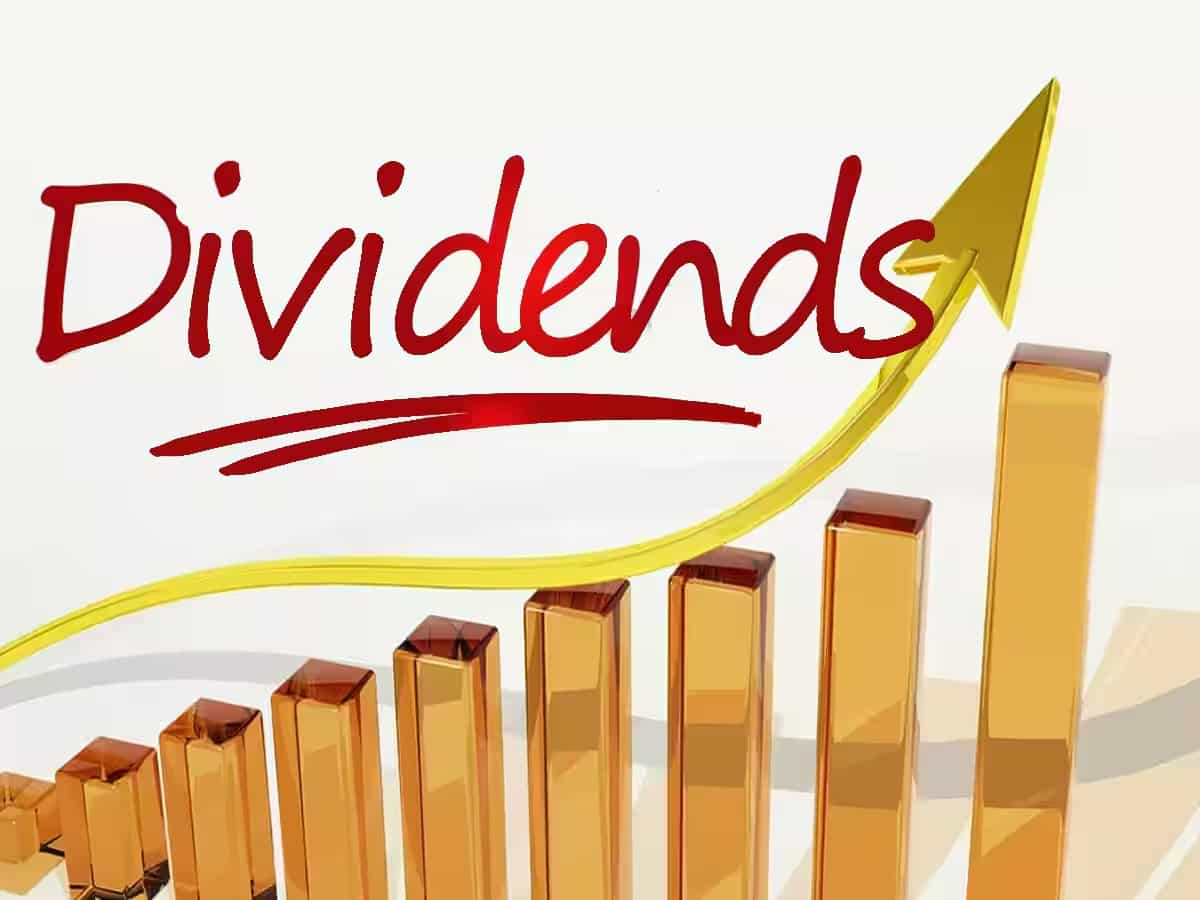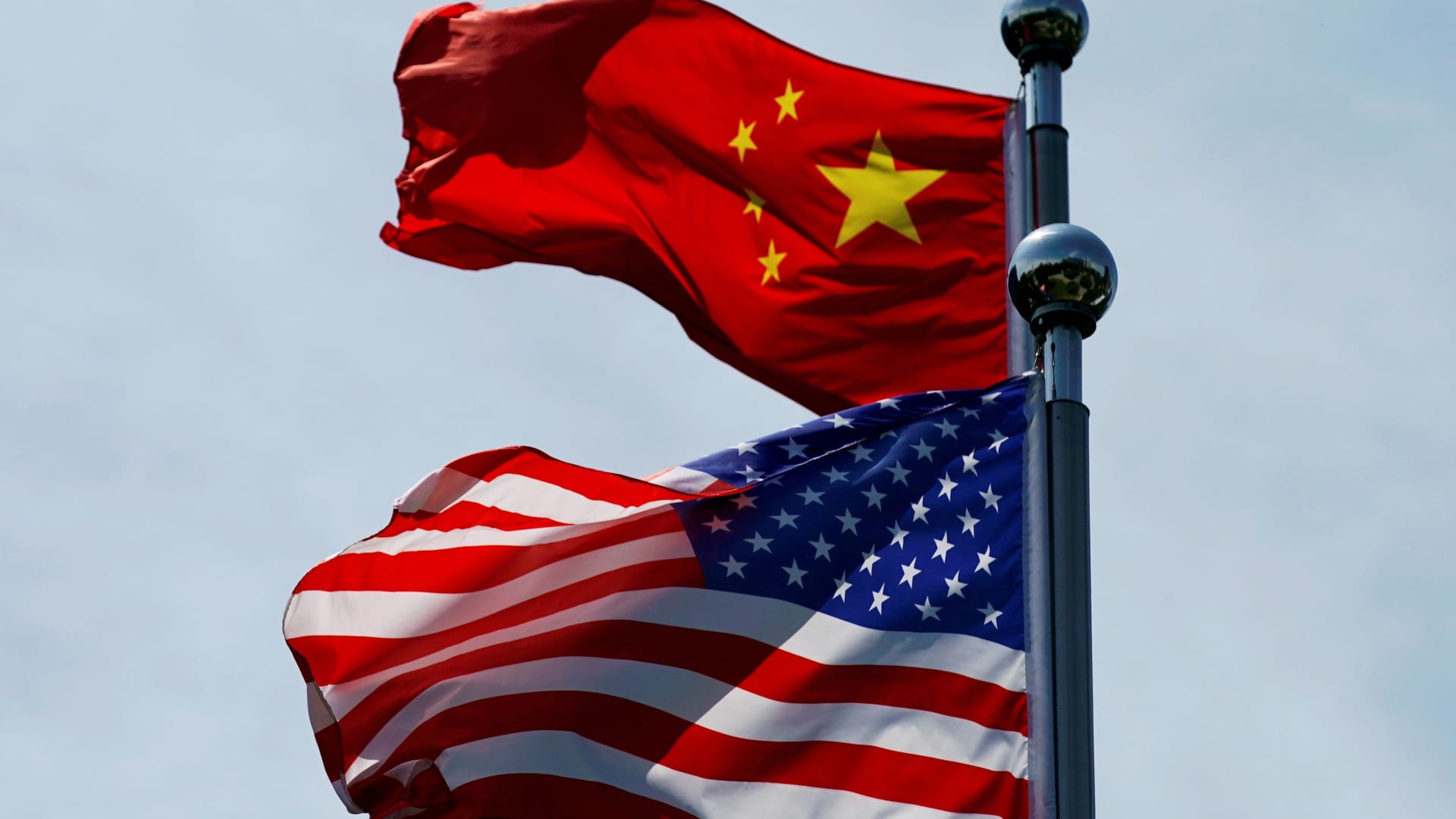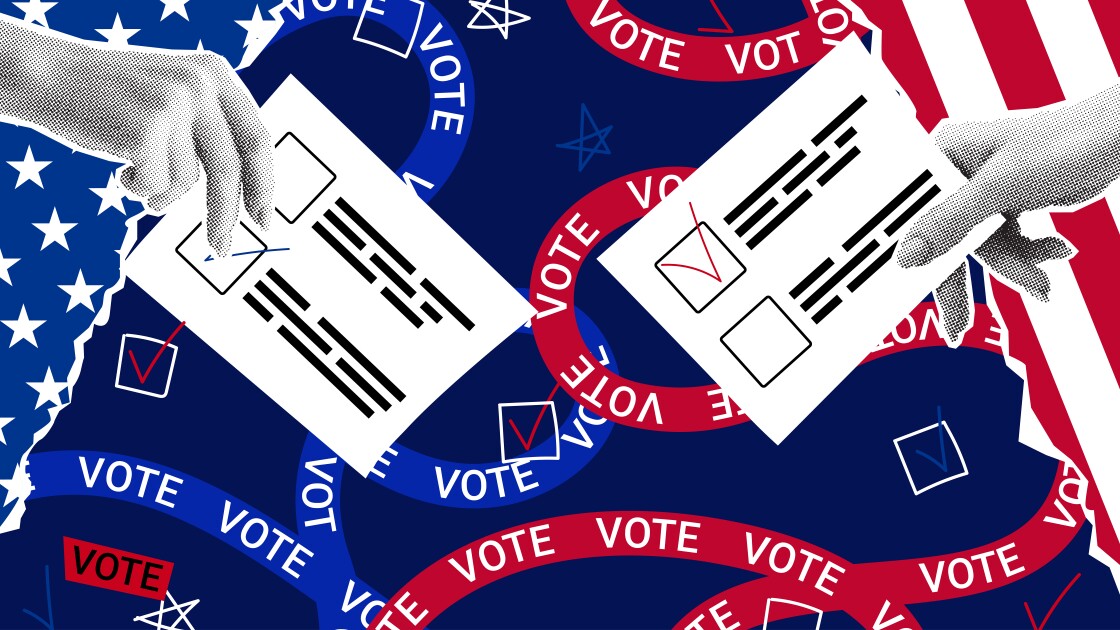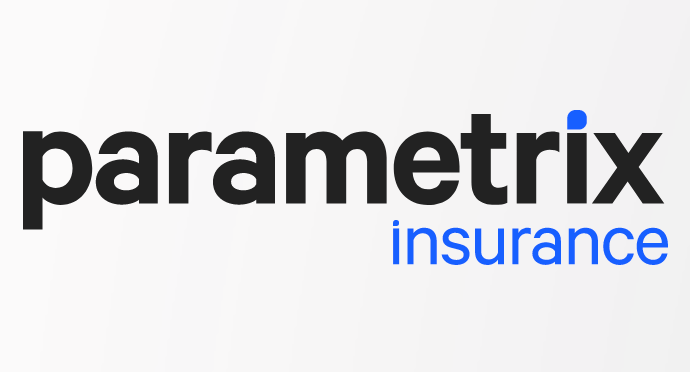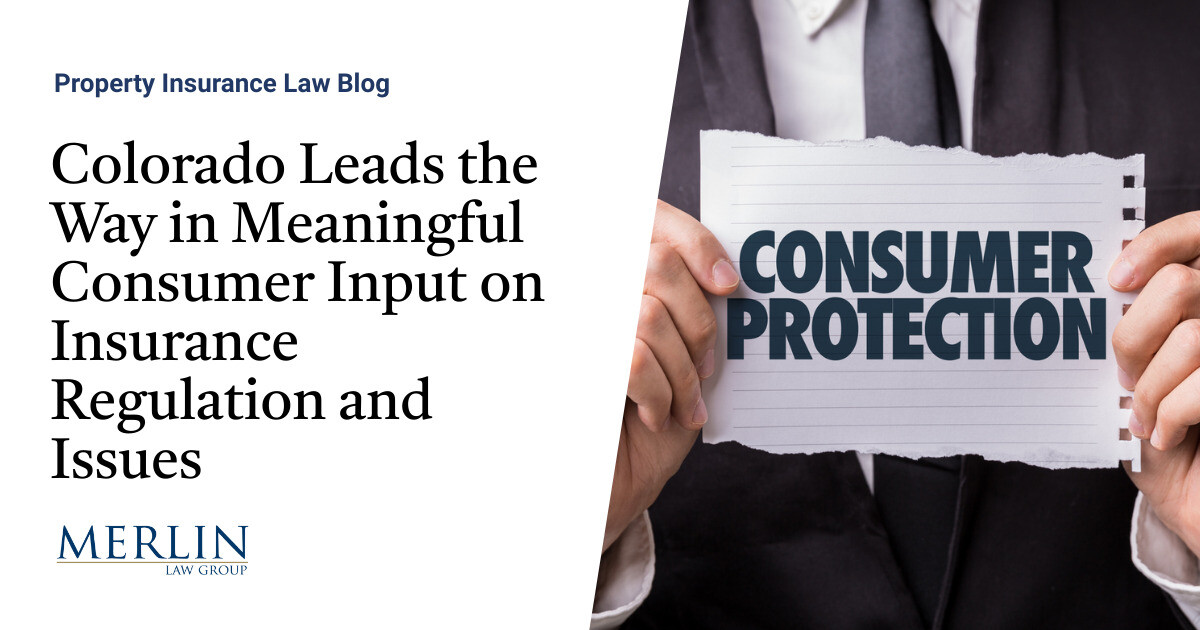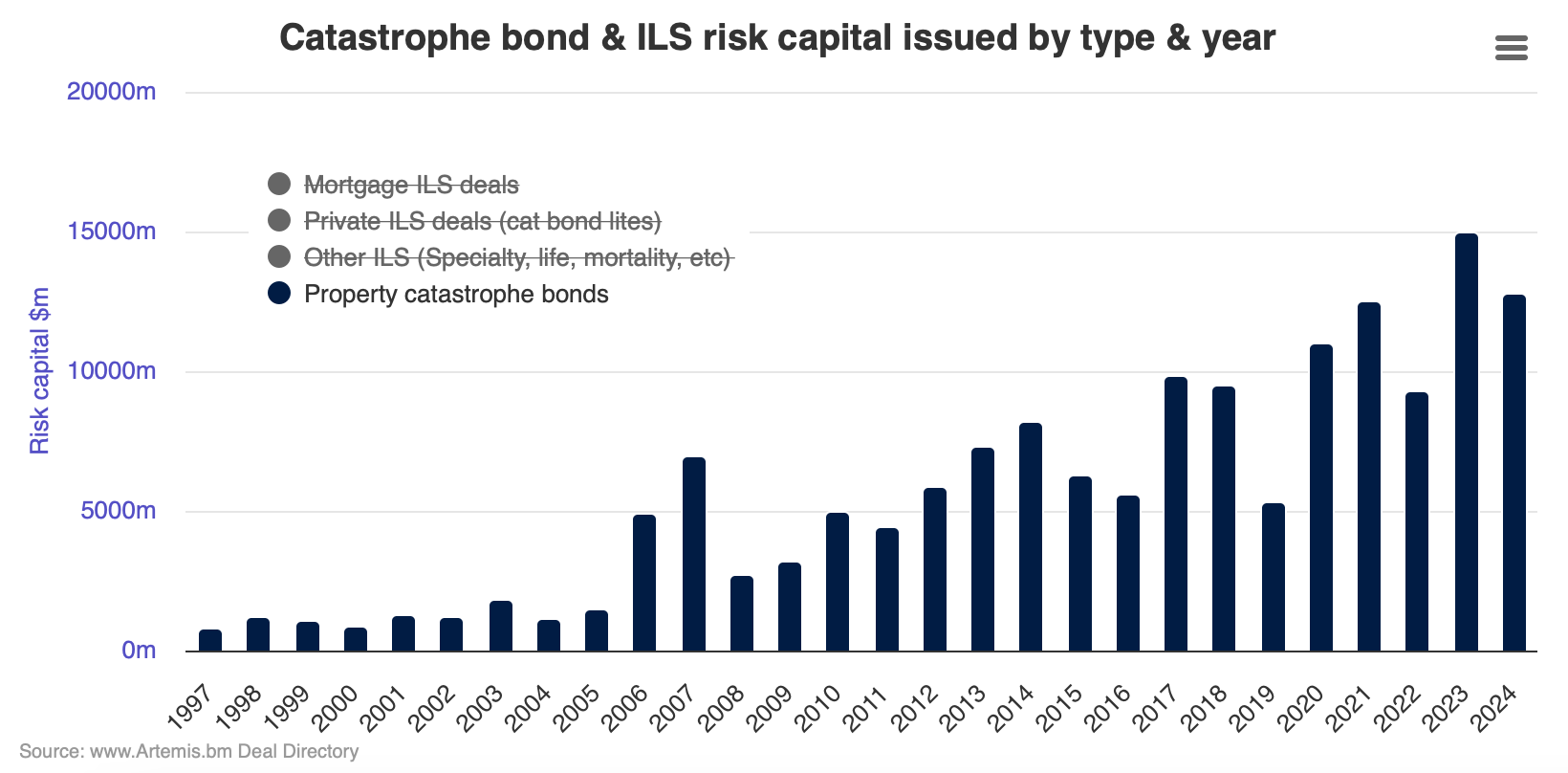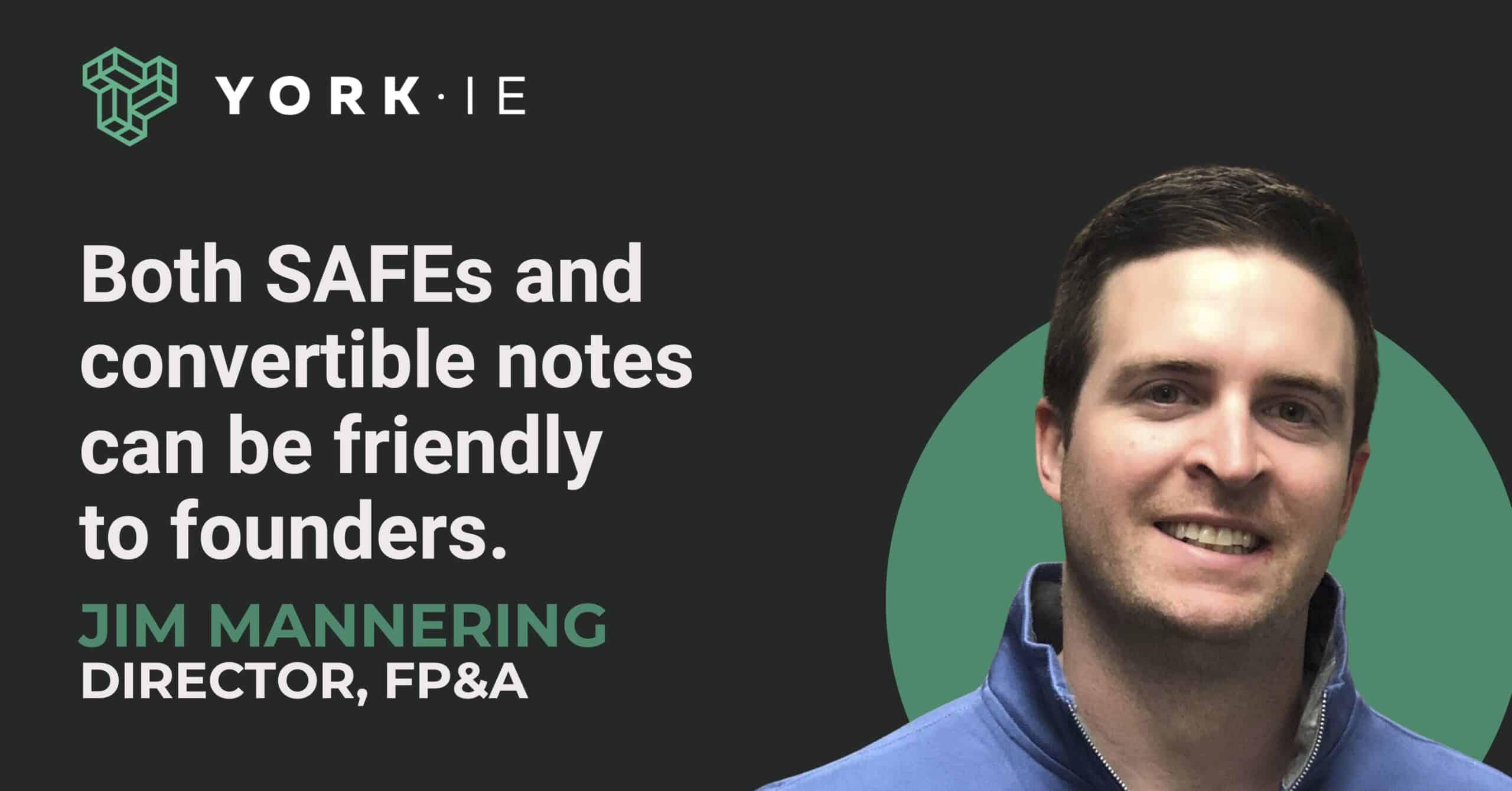What Is the Difference Between a SAFE and a Convertible Note?
The main difference between a SAFE and a convertible note is the basis of the instrument. A convertible note is a debt instrument, and a SAFE is an equity instrument. A SAFE is also generally simpler and more streamlined.
Another difference is that a convertible note typically includes an interest rate and a maturity date. The maturity date is the date by which a convertible note must be repaid or converted to equity, and the interest rate is the rate at which interest is accrued on the outstanding principal amount of the note. This mechanism allows the investor to accrue more equity the longer the note stays open, creating some pressure on the company to convert the note to equity quicker than may be ideal.
In contrast, a SAFE does not have an interest rate or a maturity date, allowing some more flexibility on the timing of a future equity raise for the company.
Both instruments typically have a valuation cap and/or discount rate to protect these early-stage investors from runaway valuations that erode the discount on share price they should receive for investing at an earlier, riskier time in the company’s lifecycle.
What Is a Valuation Cap?
A valuation cap is a term commonly used in startup financing that sets a maximum valuation at which a SAFE or convertible note will convert into equity in the next round of financing. Its intention is to protect investors from the possibility of the company achieving a very high valuation in the near future, which would result in the investor receiving a smaller percentage of the company for their investment.
While the valuation cap doesn’t prohibit the valuation of the company from exceeding a threshold, it does cap the valuation amount that can be used in determining the conversion of the note to stock. In doing so, the valuation cap provides protection for the initial investors from extreme dilution and thereby acts as an incentive for the investor to contribute capital to a nascent and inherently risky business.
In the context of a SAFE, a valuation cap ensures that the investor will receive equity in the company at a rate no higher than the valuation cap (or at a lower valuation, if the next round of financing is at a lower valuation than the cap).
For example, if a startup issues a SAFE with a valuation cap of $10 million with no discount rate, and the next financing round is at a $20 million valuation, the investor will receive equity in the company at the $10 million valuation cap. However, if the next financing round is at a $5 million valuation, the investor will receive equity in the company at the $5 million valuation. If this same scenario included a 20% discount rate, and the valuation of the company ended up being $10 million, the SAFE investor would purchase their equity at a discount equal to 20% of the share price.
A valuation cap is often included in a SAFE to provide investors with some downside protection and to encourage them to invest in the company at an earlier stage. Without a valuation cap, an investor runs the risk of investing in a company that achieves a very high valuation in the next round of financing, without the ability to participate in any of the upside of that valuation.
Both the investor and the company should be mutually aligned to drive the valuation of the company higher over time, and the valuation cap provides a protection for the early-stage investor should that valuation growth happen precipitously in the company’s earliest stages.
Overall, a valuation cap is an important term to consider when issuing a SAFE, as it can have a significant impact on the investor’s return on investment and the company’s dilution. It is important for both the startup and the investor to carefully consider the appropriate valuation cap for the SAFE based on the company’s current stage of growth, prospects for future growth and market conditions.
Benefits of a SAFE vs. Convertible Note
Both SAFE and convertible notes can be friendly to founders, but the preference will depend on the specific terms of the note and whether or not the potential investor is willing to give the same terms for a SAFE as they would for a convertible note.
A SAFE can be more friendly to founders in some situations because it does not include an interest rate or a maturity date, which means that the startup has more time to grow before having to repay the investor or convert the investment into equity. Additionally, because the valuation of the company is not set at the time of investment, it allows the startup to defer the valuation conversation to a later date when conditions may be more beneficial for valuation setting.
However, a convertible note can also be friendly to founders if it includes relatively favorable terms such as a low interest rate, a higher valuation cap relative to what the investor would agree to in a SAFE or a discount rate on the investment. Ultimately, the choice of instrument depends on the specific circumstances of the startup and the preferences of both the founders and the investors.
A Final Word on SAFE vs. Convertible Notes
Whether a founder raises capital through a priced equity round, a SAFE or a convertible note, they’re effectively selling a portion of their company. With that, we encourage all founders to think critically about how much they’re looking to raise, what instrument they’ll use and, maybe most importantly, the investors and advisors with whom they intend to partner.










